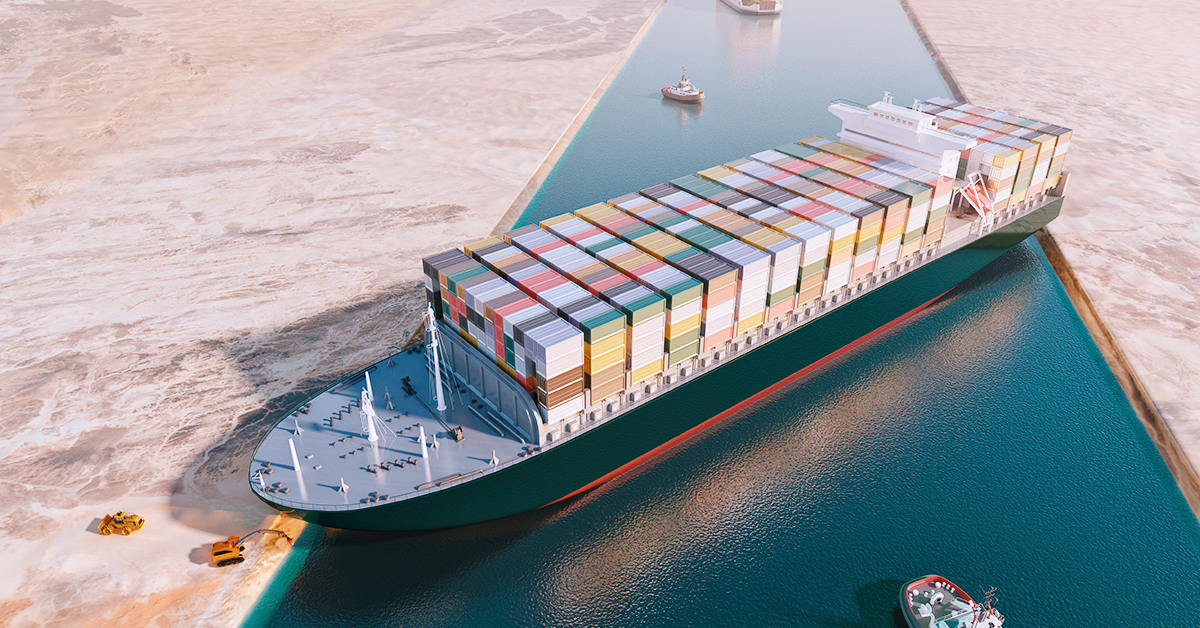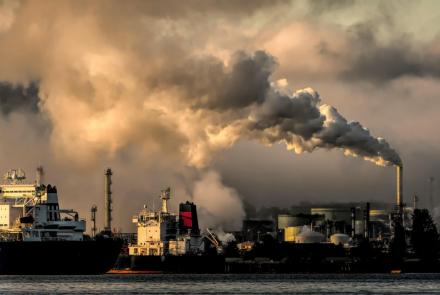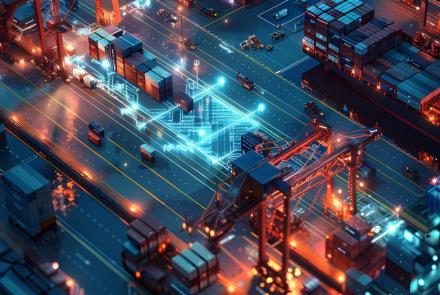The Suez Canal Crisis

Opened in 1869, the Suez Canal took 10 years to construct.
12% of world commercial trade and 2.5% crude oil passes through the Suez Canal each day.
50 ships pass through the canal every day.
1.03 billion tons of cargo passed through the canal in 2019.
The Suez Canal is one of the most crucial waterways in the world strategically and economically.
The Suez Canal, owned by Egypt is a 193-km man-made waterway that joins the Red Sea with the Mediterranean Sea via the Isthmus of Suez in eastern Egypt that connects the continents of Asia and Africa. The Suez Canal cuts through Egypt and provides the shortest maritime link between Asia and Europe as well as the eastern US, and is considered as a key transit point for ships traversing these routes. It is operated and maintained by the Egyptian government’s Suez Canal Authority (SCA), and generated a revenue of $5.6 billion in 2020.
If there were no Suez Canal, a tanker carrying crude oil from the Middle East to Europe would have to sail a further 6,000 miles around the African continent’s Cape of Good Hope, adding over $300,000 in fuel costs. By connecting the Red Sea to the Mediterranean Sea, the canal offers a direct bypass that saves approximately 10 days of sailing time to ships carrying crude oil and cargo from
Asia to Europe and beyond.
The current crisis and how it unfolded
The Suez Canal came into public focus on 23 March this year when MV Ever Given, a heavily laden 1312-foot long cargo vessel with a gross tonnage of 220,940 and a maximum capacity of 20,000 containers got stranded after wedging itself diagonally in a single-lane section of the canal. The lane where the ship got stuck is about 985 feet wide and located near the Egyptian city of Suez, 6 km north of the canal’s southern entry point.
The ship is owned by Taiwan’s Evergreen Marine Corporation and is among the world’s largest container ships. It was sailing in full load capacity, carrying goods estimated to be worth $9 billion. The stranded ship effectively blocked the canal, stopping the movement of regular traffic creating a backlog of 360 ships waiting to pass through as of 28 March. It has cost billions of dollars in delayed shipments.
Strong gusts of wind, like in a sandstorm, knocked, turned and pushed the ship off course to a sideways angle lodging it into both banks of the waterway. It’s also believed that the containers stacked on the deck may have acted like a sail creating a movement, and thus been one of the contributing factors to the ship turning sideways. Egypt’s Suez Canal Authority however claims that weather conditions may not have been the sole reason for the mishap, and it’s likely that technical and human errors may also have played a role. Investigations are on to identify the causes.
How the vessel was freed and refloated
On Monday, 29 March around 15:05 hours Egyptian time, 6 days after it got stranded, a team of experts working in collaboration with the Suez Canal Authority refloated MV Ever Given.
Salvage crews worked round the clock, assisted by powerful tugboats, dredgers, a full moon and natural high tides to pull the stranded ship out of the banks of the Suez Canal, and brought it to the middle of the waterway. 30,000 cubic meters of sand was removed during the rescue operations. The stern of the ship was freed first, followed by the bow.
Currently, there is a buildup of more than 300 ships waiting to pass through the canal. Therefore, in spite of succeeding to free the stranded vessel, it is estimated that it would take another week to clear the backlog. This is apart from another 130 vessels expected to reach the canal from different ports in a couple of days.
Even though officials predict that regular traffic can be resumed in less than 3 days from now, some experts opine that normalcy could take weeks to return. Due to the prevailing uncertainty, some shipping lines are contemplating taking the alternate route around the Cape of Good Hope in Africa. While this would add up to two weeks to the sailing time and incur extra fuel costs, there is also a heightened fear of piracy in the seas.
Being prepared is the key
The recent pandemic which caught the world unawares was a great lesson for businesses to overcome unexpected crises and bounce back with greater vigour. To circumvent events like the Suez Canal type of emergencies, companies should be ready with multiple sourcing options. Sudden unexpected situations can be avoided by staying away from risk factors like predictable choke points in the supply chain such as the one that came to the forefront in the recent event. Companies and government authorities have to become proactive, anticipate disruptions and prevent them from occurring, rather than merely being reactive when a disaster strikes.
- Log in to post comments






